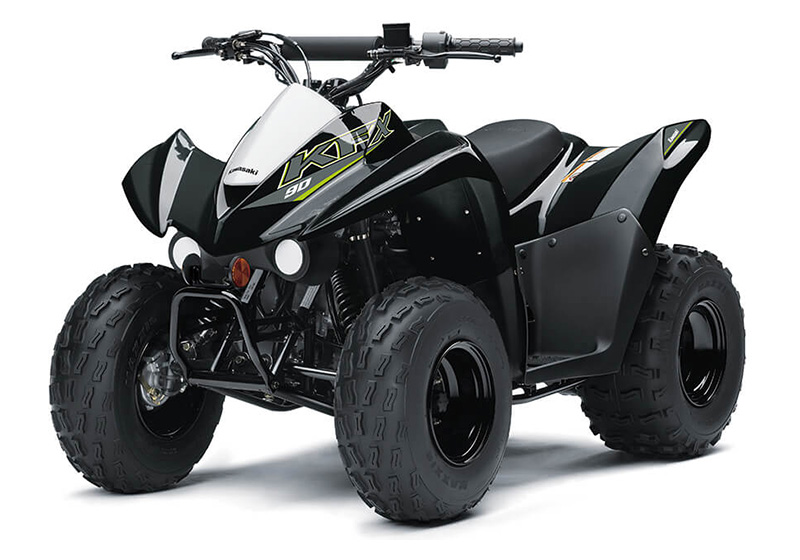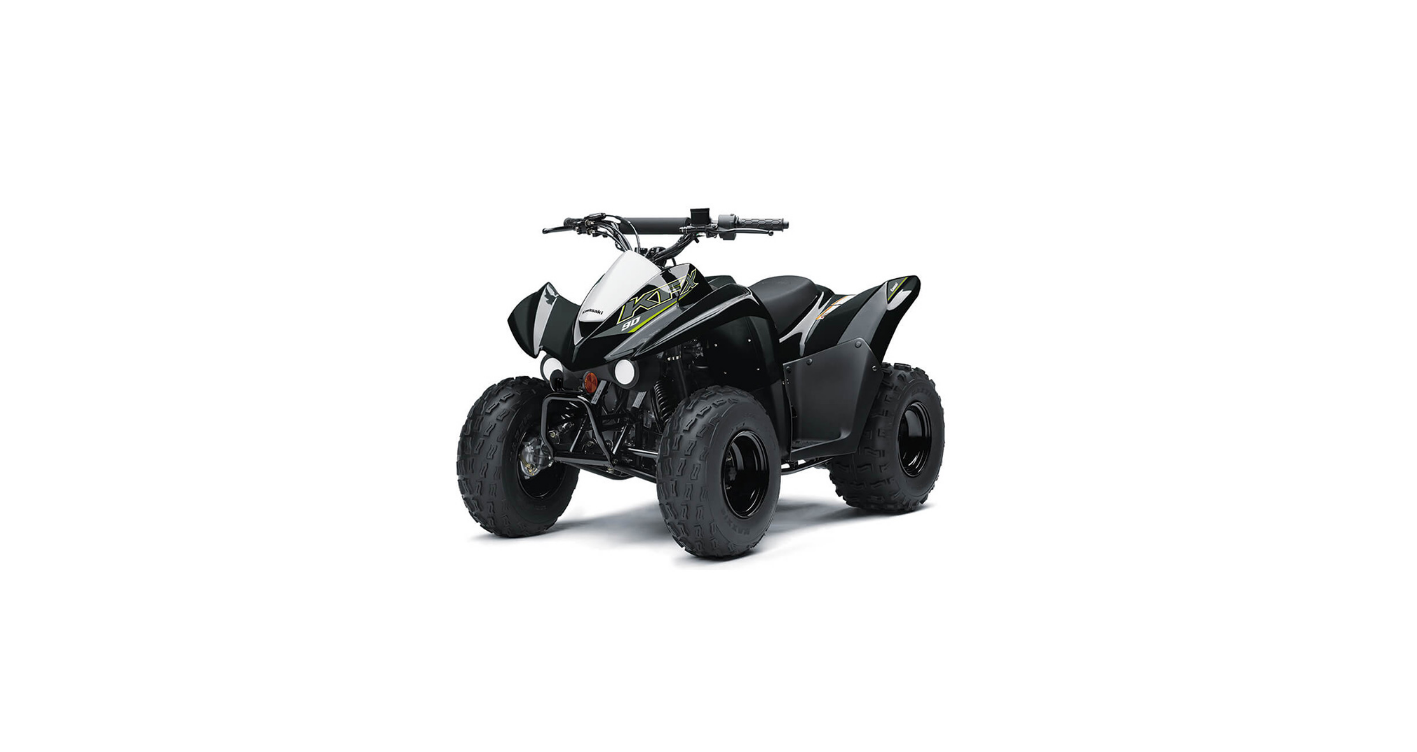2022 Kawasaki KFX 90 ATV Riding in Water

Riding in Water
Choose a location to enter and exit the water where the banks are not too steep or slippery. Check the water before entering for rocks, holes or other obstacles which may cause you to overturn or become stuck or submerged. Observe the following rules for operating the vehicle in water: Never operate the vehicle in rivers or streams where the water is flowing quickly. Such an operation could lead to an accident if the vehicle loses traction and is swept into the current. Never operate the vehicle in deep water. The maximum fording depth is up to 20 cm (8 in.) in quiet (slow-moving ) water. Vehicle operation in deeper water may be unpredictable and hazardous and could lead to an accident.
WARNING
HAZARD
Operating this ATV through deep or fast-flowing water.
WHAT CAN HAPPEN
Tires may float, causing loss Of traction and loss of control, which could lead to an accident
HOW TO AVOID THE HAZARD
Never operate this ATV in fast-flowing water or in water deeper than specified in your Owner’s Manual. Remember that wet brakes may have reduced stopping ability. Test your brakes after leaving the water. If necessary, apply them several times to let friction dry out the pads. After the vehicle is operated in water, check the air cleaner. After prolonged exposure to water, the wheel bearings may lose their lubricant and require replacement. Wash the vehicle in freshwater if it was exposed to salt water or operated in muddy conditions. Wet brakes provide little or no efficiency and could lead to an accident and injury. After the operation in water, always apply the brakes long enough for friction to dry the linings. Also, brakes that get wet may wear out faster. Check for brake wear more frequently if the vehicle is used in water.
Remember:
- Don’t ride in fast-moving water.
- Stay out of the deep water.
- Dry out the brakes.
- Check the air cleaner for water.

